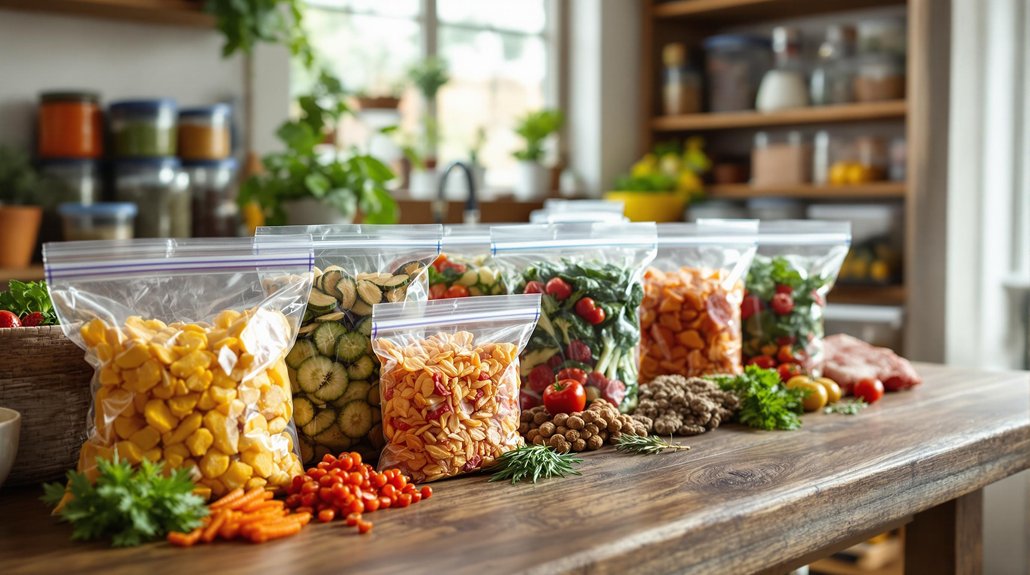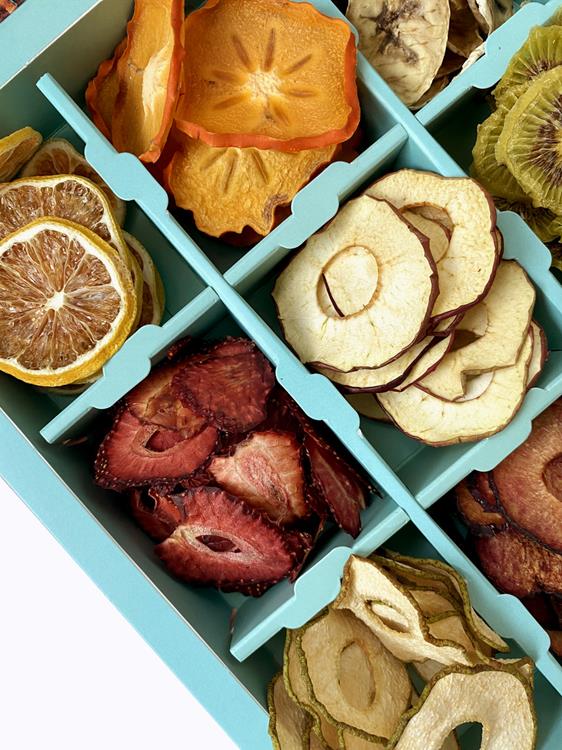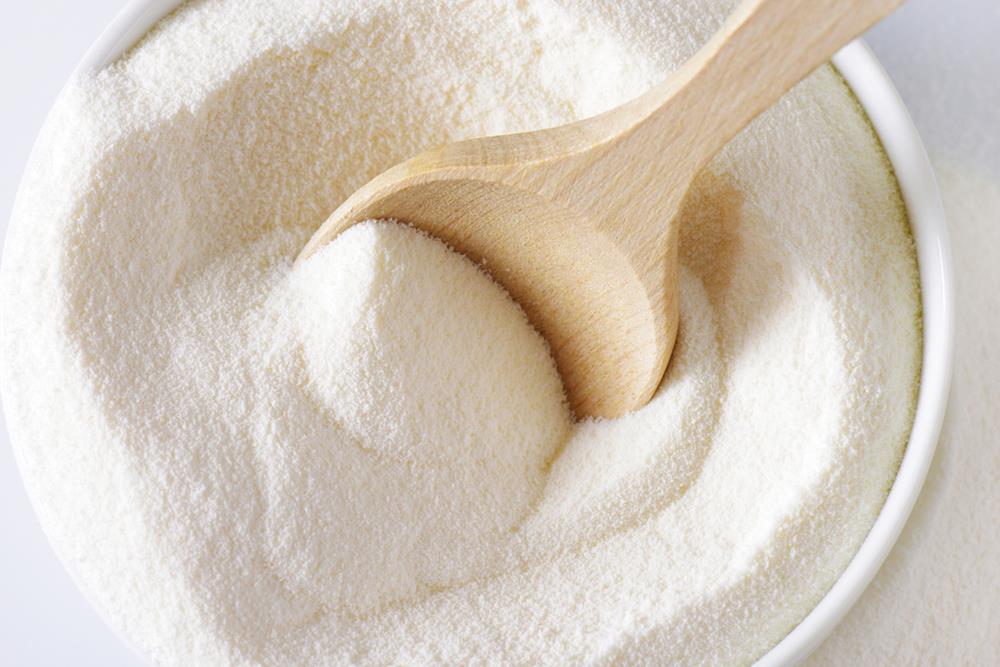Freeze-Dried Food: Is It Worth the Hype for Preppers?

When it comes to emergency preparedness, freeze-dried food is often hailed as the gold standard—lightweight, long-lasting, and easy to store. But with higher price tags and mixed opinions on taste, many preppers are left wondering: is it really worth the hype?
In this article, we’ll break down the pros and cons of freeze-dried food from a prepper’s perspective. We’ll explore its shelf life, nutritional value, storage convenience, and how it stacks up against other food preservation methods—so you can decide if it's a smart investment for your survival stash or just a trendy add-on.
Understanding Freeze-Dried Food

For anyone serious about long-term food storage, understanding the basics of freeze-dried food is essential.
Freeze-dried foods go through a specialized process that removes 98–99% of their moisture, giving them an impressive shelf life of 25 to 30 years. This makes them a go-to option for preppers looking for reliable, long-lasting meals. Unlike many preserved foods, freeze-dried options retain most of their original nutrients, texture, and flavor, offering a meal experience that’s surprisingly close to fresh.
That said, the process is complex and energy-intensive—contributing to the higher price point. Rehydration is simple but requires access to clean water and a bit of patience as the food regains its original form and taste.
While not without trade-offs, freeze-dried food offers a powerful combination of longevity, portability, and nutritional value—key factors when preparing for uncertain situations.
The Advantages of Freeze-Dried Food for Preppers
While the upfront cost of freeze-dried food may be higher, the benefits it offers preppers make it a smart long-term investment. With a shelf life of 25 to 30 years, it eliminates the need for constant rotation, giving you a dependable emergency food supply with minimal upkeep. Freeze-drying preserves 98–99% of the food’s original nutrients, making it one of the best options for maintaining proper nutrition during extended crises.
Its lightweight, compact packaging makes storage simple and transport effortless—ideal for limited-space setups or on-the-go bug-out scenarios. Even better, freeze-dried meals retain their flavor and texture, providing comfort and satisfaction when fresh food is unavailable.
Though it may seem costly at first, the long shelf life, nutritional value, and reduced waste translate into real savings and peace of mind over time—making freeze-dried food a top-tier choice for serious preparedness. Additionally, freeze-dried foods provide complete nutrition to support health and energy during emergencies.
Nutritional Benefits and Shelf Life

Despite the initial investment, freeze-dried foods offer impressive nutritional benefits and an exceptional shelf life that can be vital in emergency situations. They retain up to 98-99% of their nutritional value, ensuring you get fundamental vitamins and minerals even during long-term storage.
With a shelf life extending from 25 to 30 years when stored properly in cool, dark places with airtight packaging, freeze-dried foods markedly outlast many other food preservation methods.
These meals maintain their flavor, texture, and appearance, making them a satisfying choice during an emergency. Many products provide balanced servings of proteins, carbohydrates, and fats, indispensable for survival.
Proper storage further improves their longevity, minimizing spoilage and nutrient degradation, making them a reliable option for preppers. In addition to these benefits, storing emergency food in cool, dry, dark places (40F to 70F) ensures the maximum shelf life and effectiveness of your freeze-dried foods.
Comparing Costs: Freeze-Drying vs. Purchasing
Once you've recognized the impressive shelf life and nutritional value of freeze-dried food, the next step is to consider the cost.
Home freeze dryers can be a significant investment—typically ranging from several hundred dollars up to $3,000. However, for dedicated preppers, DIY freeze-drying can save thousands over time, potentially cutting over $5,000 from long-term emergency food expenses compared to buying ready-made meals.
On the other hand, commercial freeze-dried meals—from trusted brands like Mountain House or Daily Bread—cost between $2.65 and $7.80 per serving, depending on the ingredients and packaging. Buying in bulk can dramatically reduce the cost per serving, making it a more budget-friendly option for building a large food supply.
While the initial cost is higher than typical groceries, freeze-dried foods last 15 to 30 years, far outlasting most pantry items that spoil in months. Over time, their low waste, convenience, and longevity make them a cost-effective and strategic choice for anyone serious about preparedness.
Preparation and Storage Considerations

When you’re preparing freeze-dried food for long-term storage, paying attention to the environment can make all the difference.
Store your dried goods in a cool, dark place with a consistent temperature to extend their shelf life up to 25 years. For ideal preservation, seal your meals in Mylar bags with oxygen absorbers. This combination drastically reduces the risk of mold and guarantees your food is viable for the long haul.
Preparing meals is straightforward—just add boiling water and wait. It’s simple enough to involve children in meal prep during emergencies, making it a family activity.
Don't forget regular rotation of your supplies. By periodically checking your storage strategy, you maintain freshness and readiness for any situation.
Taste and Quality: What to Expect
Although freeze-dried foods are vital for preppers, the taste and quality can vary greatly. Many find that homemade freeze-dried meals taste good and offer higher quality than store-bought options.
Personal taste preferences play a big role; while some meals like Pasta Alfredo might need extra seasoning, others satisfy even picky eaters. Freeze-dried ingredients, such as fruits and vegetables, are often more palatable, allowing you to mix and match for better flavor in your emergency food supplies.
These meals deliver important calories and nutrition, but your satisfaction can depend on how you prepare them and your specific tastes. Remember, while some dishes mightn't meet every palate, you can adjust them to suit your needs.
DIY Freeze-Drying: Is It Feasible?

Is DIY freeze-drying a worthwhile endeavor for preppers? Absolutely! Investing in a home freeze dryer can lead to significant cost savings. Although initial costs range from a few hundred to $3,000, you could save over $5,000 on emergency food supplies.
DIY freeze-drying allows you to process about 10 pounds of fresh food in less than two days, making food preservation feasible if you’re ready to dedicate 20-40 hours per batch. Plus, you'll have control over ingredient choices and customization, catering to dietary needs and preferences.
However, be prepared for potential mechanical issues and the need for proper sealing methods. Despite these challenges, the benefits of customizing your freeze-dried foods and the long-term savings make it a feasible option.
Alternatives to Freeze-Dried Foods
While freeze-dried foods are popular among preppers, exploring alternatives can improve your emergency food supply both nutritionally and economically.
Canned meats and dehydrated fruits offer cost-effective alternatives, providing crucial nutrients and a long shelf life without breaking the bank.
Don't overlook everyday pantry items like rice, beans, and pasta. They're versatile and budget-friendly, fitting seamlessly into your storage plans.
Consider DIY dehydrated foods to cut costs and tailor flavors to your liking.
Storing bulk dry foods in food-grade buckets with Mylar bags maintains freshness, making them a practical solution for long-term storage.
Before buying in bulk, try small quantities from different brands. This helps you meet taste preferences and dietary needs, creating a well-rounded emergency food supply.
Incorporating Freeze-Dried Foods Into Emergency Plans

When planning your emergency food supply, incorporating freeze-dried foods can greatly improve both convenience and longevity.
Freeze-dried foods boast a long shelf life of 25 to 30 years, reducing the hassle of frequent replacements. Their lightweight storage makes them perfect for tight spaces, like emergency kits or bug-out bags.
Regarding preparation, just add boiling water, and you’ve got quick meals ready without needing full kitchen facilities.
Purchasing in bulk can lower costs and offer a variety of meal options, enhancing practicality. Plus, you can customize meals to suit dietary preferences and nutritional needs, especially important for families with specific eating habits.
Freeze-dried foods offer a reliable, efficient solution for your emergency food supply requirements.
Evaluating the Value for Long-Term Preparedness
Considering the long shelf life and nutritional advantages, freeze-dried foods stand out as a smart choice for those serious about long-term preparedness.
With a Year Shelf Life of 25 to 30 years, these foods offer peace of mind by reducing spoilage worries. The freeze-drying process retains 98-99% of the food's nutritional content and flavor, offering superior quality compared to dehydrated foods.
While initially pricier, their convenience and minimal prep lead to long-term cost savings by cutting down on waste and frequent replacements. Lightweight and compact, they're perfect for storing in tight spaces like emergency shelters.
Plus, you can create customized meals to fit dietary needs, making them invaluable in a preparedness plan that prioritizes health and personal preferences.




